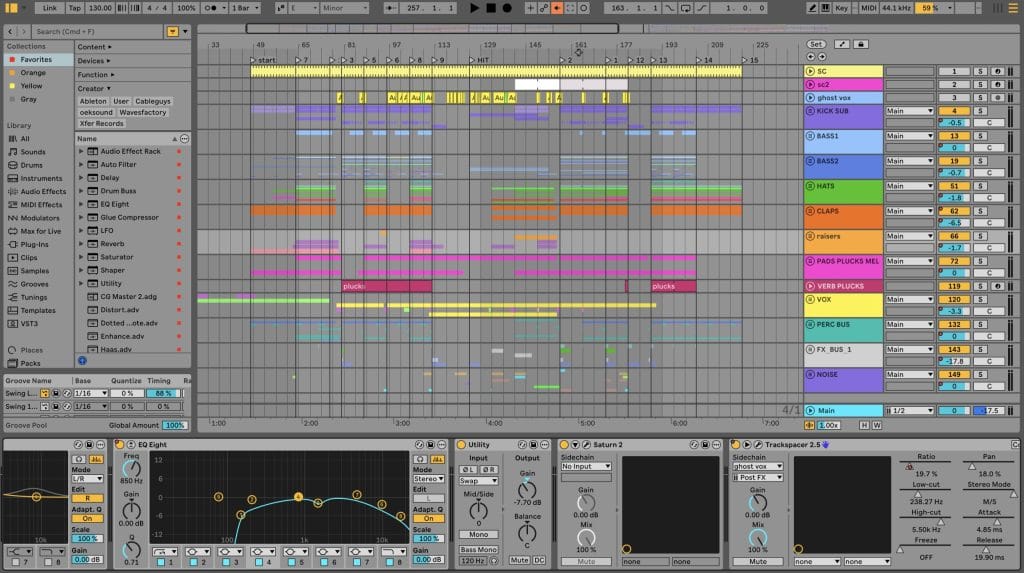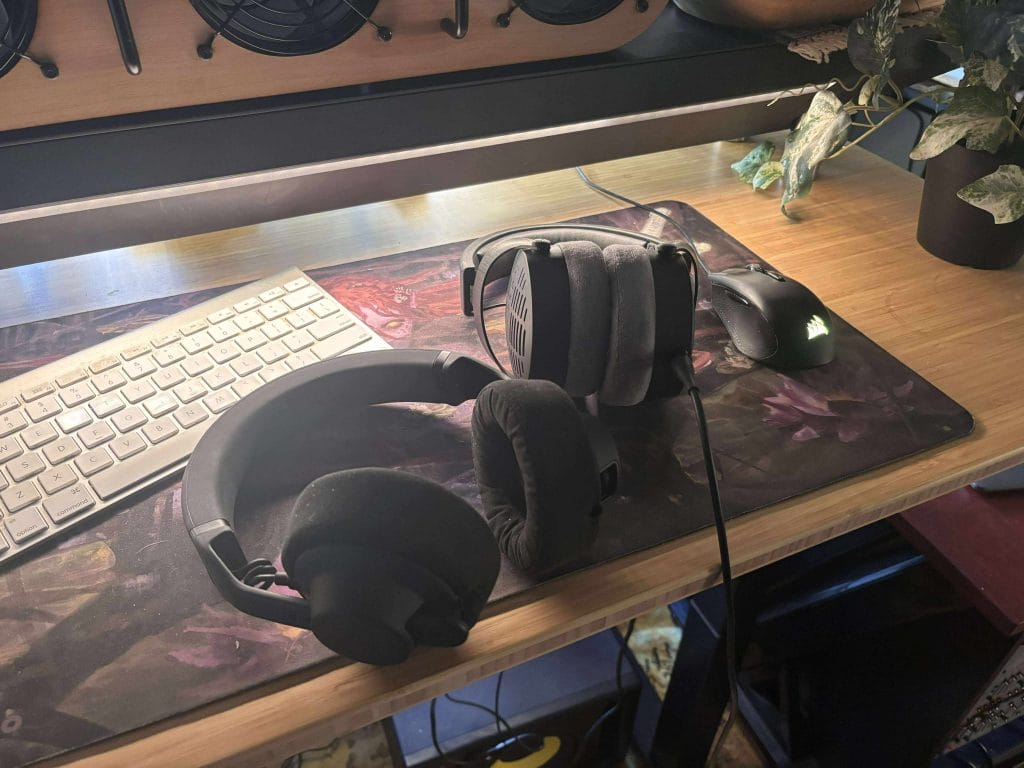Table of Contents
I’ve never been that excited about wireless headphones for studio work.
Latency’s always been an issue, and even the “good” Bluetooth models still feel like they’re a few steps behind wired reference cans.
But after spending a couple of weeks using the AIAIAI TMA-2 Wireless+ while reviewing demos and giving mix feedback, I’ve completely changed my stance.
Not only did these headphones handle the demands of real studio listening, they were also the first pair I’ve used in a long time that actually made my workflow easier—not more complicated.
AIAIAI TMA-2 Wireless+’s X-Factor? Long Sessions Without Neck Strain
My first full test with these headphones came during a two-hour demo feedback session.
Usually, that’s enough time for my Sennheisers to start weighing on my neck and heating up around my ears. But these stayed comfortable the whole way through. The earcups use a soft fabric that felt closer to fleece than velour—similar to my open-back Sennheisers but maybe even more comfortable, which I wasn’t expecting.
After that session, I took them into a few more feedback rounds and even some late-night writing sessions. No hotspots, no compression on the top of my head, and they stayed cool the whole time. If I’m not thinking about the headphones while I’m using them, that’s a good sign—and these disappeared on me in the best way possible.
Latency Isn’t an Issue—At All

I was skeptical about the “ultra-low latency” claim at first, because I’ve heard that from a lot of companies. But the W+ Link transmitter that AIAIAI built into the system actually delivers. I was getting maybe 16ms latency—basically nothing. No weird delay when I scrubbed through tracks in Ableton.
No sync issues on my DJ controller. And none of that lag that usually kills real-time production flow with wireless gear.
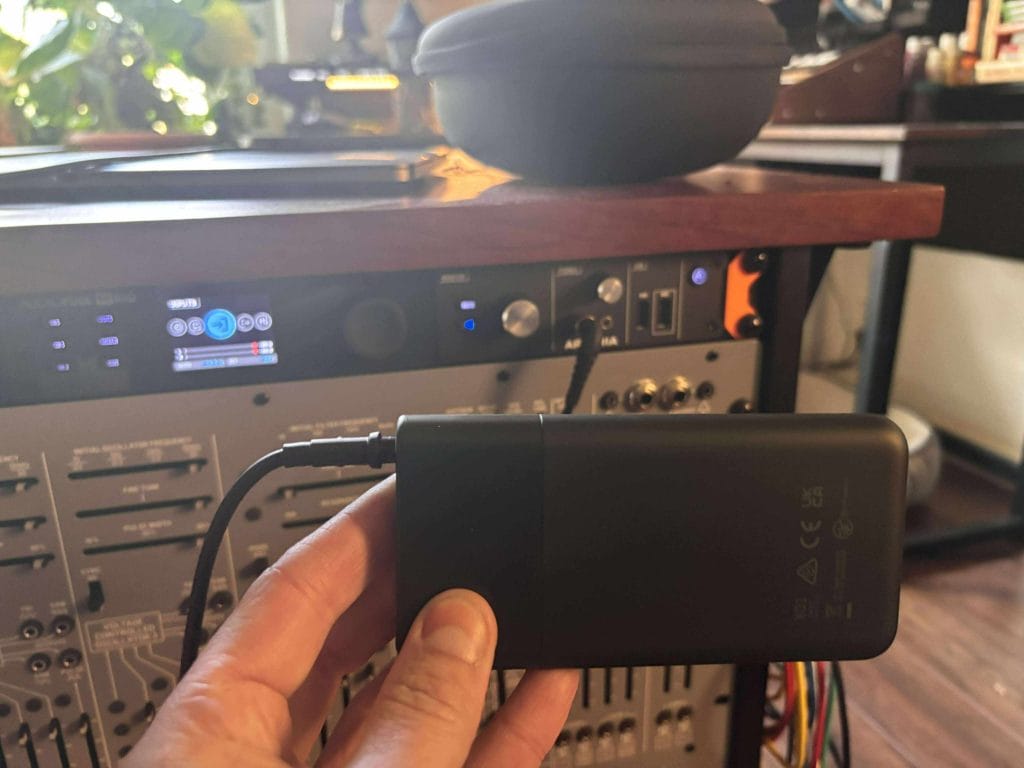
I used them while cueing up a few edits on Traktor too, just to see how they’d hold up with fast hands and quick responses. Everything locked in. It felt like I was using wired cans. That changed the way I moved in the studio, literally—I wasn’t tethered to my desk or stuck within arm’s reach of the gear.
They Don’t Sound Like My Sennheisers—And That’s Fine
The sound profile is different from what I’m used to, but not in a bad way. I’ve been using the same open-back Sennheisers for years, mostly because they emphasize the mids and upper mids, which helps when I’m dialing in vocals or catching harsh frequencies in demo submissions.
Compared to those, the TMA-2 Wireless+ felt slightly more pulled back in the mids—almost like they’re less aggressive. That took me a second to adjust to, but once I got used to it, I actually liked the way it smoothed out transients and gave me a more balanced read of the low end. Basslines and subs were easier to hear, and that really helped when reviewing club tracks or checking how the kick sat.
If you’re used to something super crisp in the upper mids, these will sound a little mellower out of the box. But that doesn’t mean they’re less accurate—it’s just a different tuning. And once I got past the comparison, they held up for the kind of critical listening I do every day.
Stereo Field and Transients
One thing I didn’t expect was how dialed-in the stereo field felt. I could hear FX tails and panned elements moving across the stereo image clearly, with good separation and a real sense of width. That’s not always a given with wireless headphones, especially with compression in the chain, but AIAIAI’s W+ Link avoids that by skipping Bluetooth entirely.
Transient response was clean too—less hyped than the Sennheisers, but still detailed enough to tell when something was off. I think part of it comes down to habit: if you’re used to headphones that exaggerate the attack, these might feel a little softer at first. But I never felt like I was missing detail. If anything, the flatter response helped me make more level-headed calls on mixes instead of reacting to a boosted high end.
There Was a Little Noise—But It Didn’t Matter
There’s a small amount of white noise when nothing’s playing. It’s quiet, and honestly, I only noticed it when I was switching tracks or had the volume turned all the way down. It’s the kind of thing that’s typical for any wireless headphone with a transmitter, and it never got in the way once I hit play.
If you’re used to completely silent cans when idle, it’s worth noting—but it didn’t bother me in practice. And if you plan on having these be your primary headphones for DJing, then this amount of noise is even more negligible.
These Are DJ-Friendly and Beginner-Proof
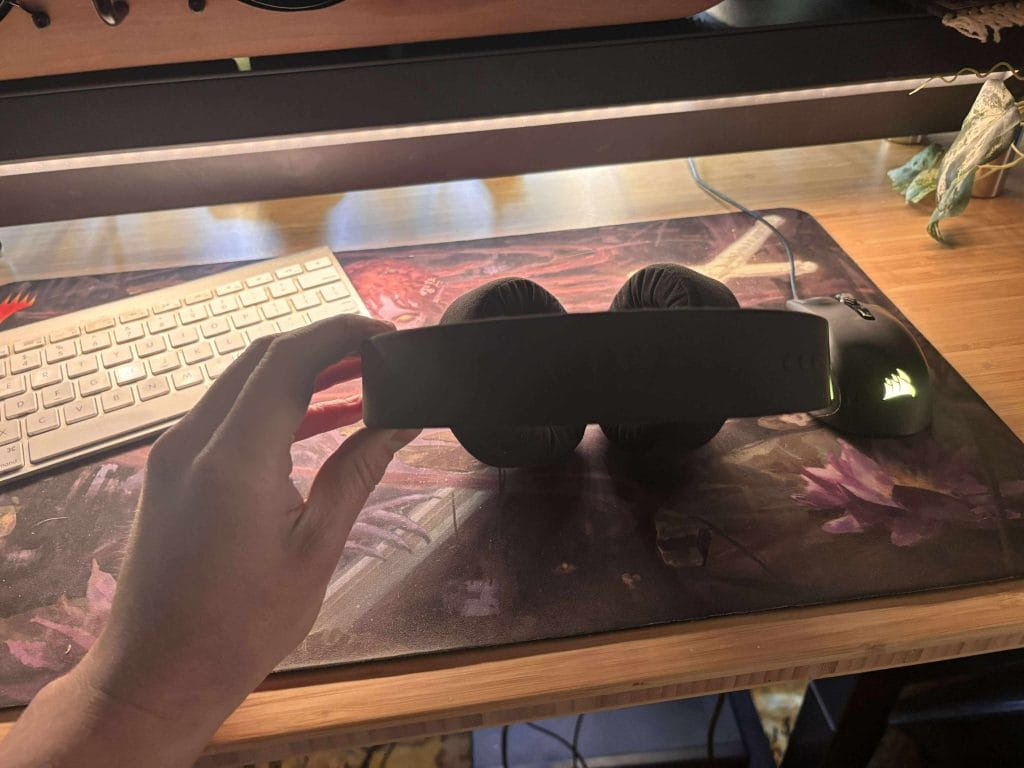
After a few sessions, it became clear these aren’t trying to be mastering headphones. They’re not open-backs, they’re not hyped in any specific range, and they don’t try to be ultra-flat studio monitors. What they are is a dead-simple, high-performance wireless headphone system that works great for DJing, songwriting, demo review, and general production.
If you’re looking for a first pair of studio headphones and want something that’s comfortable, easy to use, and reliable across mobile and desktop workflows, I’d recommend these in a heartbeat. They’d be especially good for a DJ who wants to ditch cables but still have a pair they can use in the booth or on the go.
The Modular System Actually Matters
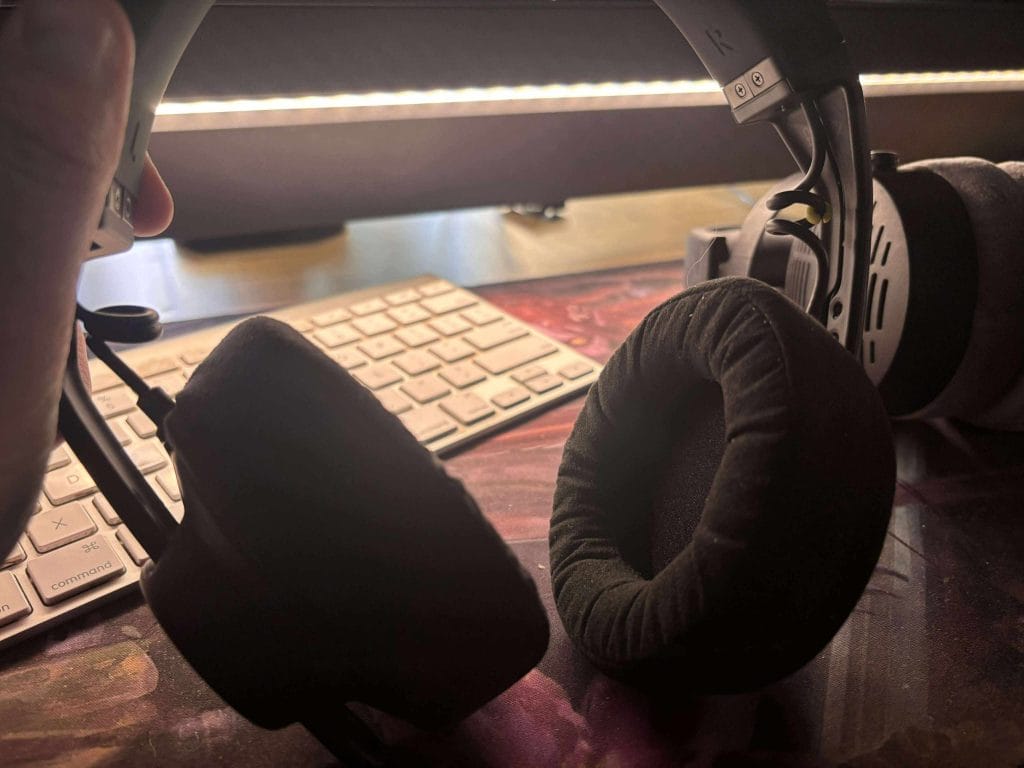
The modularity of the TMA-2 system is more than just a gimmick. Being able to swap out drivers, change the headband, or replace worn-out parts gives these a much longer life than most wireless gear. I like that if I eventually want to upgrade the drivers or swap to a different headband, I don’t need to toss the whole system.
There’s also the environmental side of that equation, which AIAIAI has been vocal about. They use carbon-neutral Alcantara for the pads, recycled plastic in the components, and aim to reduce waste by making the headphones repairable instead of disposable. I’m not usually one to weigh environmental impact in gear decisions, but it’s a thoughtful bonus here.
Final Thoughts
If you had asked me a month ago if I’d ever use wireless headphones for studio feedback, I would’ve laughed. After using the TMA-2 Wireless+ for several sessions now, I’m not laughing anymore. These headphones gave me the flexibility to move around the studio without sacrificing clarity or response time, and they were comfortable enough that I forgot I was even wearing them.
They’re not cheap—but they’re built to last. And for producers or DJs who want real-time wireless monitoring without the compromises of Bluetooth, these are one of the only options I’ve tested that actually deliver.
The post AIAIAI TMA-2 Wireless+ Review: Finally, Wireless Headphones I Actually Trust in the Studio appeared first on Magnetic Magazine.




